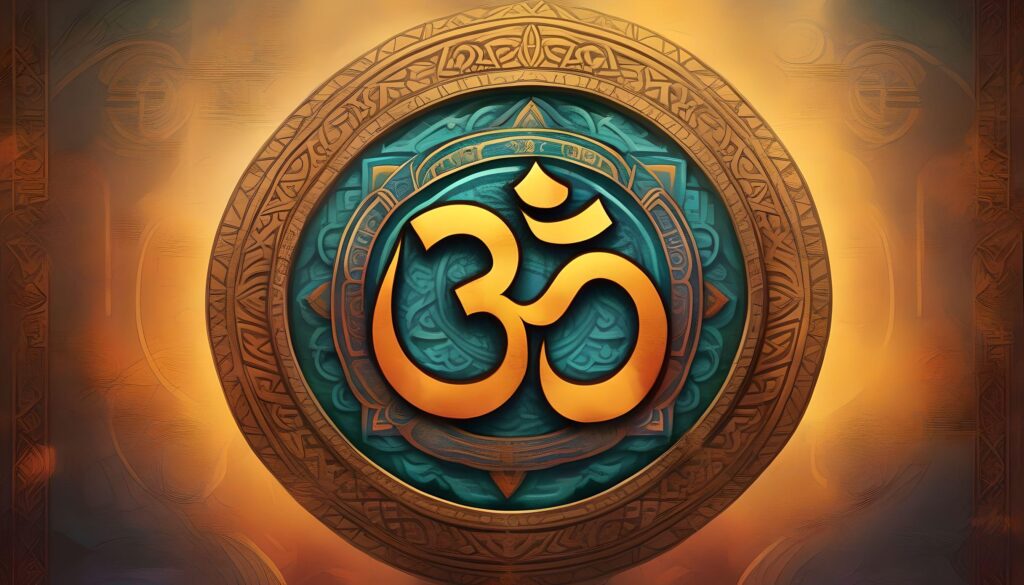Difference between : Guru, Sadguru, and Acharya
The Hindu faith ascribes considerable importance to the notions of Guru, Sadguru, and Acharya in the personal spiritual development of adherents. In the Hindu tradition, every term is endowed with a distinct meaning and interpretive framework. This article will examine the distinctions among an Acharya, Sadguru, and Guru, as well as their respective contributions to the spiritual development of aspirants.
The Meaning of Guru
Originating in Sanskrit, the term “Guru” signifies “one who dispels darkness” or “teacher.” A Guru, in its most basic definition, is a spiritual mentor or guide who imparts wisdom and knowledge to their disciples. The Guru demonstrates exemplary leadership by guiding their disciples towards enlightenment and self-realization.
Gurus may be classified into various categories according to their profundity of knowledge and spiritual authority. In contrast, conventional Gurus utilize their personal spiritual encounters and acquired knowledge from study and practice to impart instruction, without necessarily possessing divine authority. The transmission of the guidance they have obtained from their respective Gurus may be restricted to particular religious paths, mantras, or practices.
It is imperative to acknowledge that Gurus do not uniformly manifest identical conduct or possess equivalent profundity of knowledge. While some Gurus may be possessive of their disciples and teachings, others may be more receptive and tolerant. As a result, seekers ought to exercise discernment and consider their own spiritual requirements and aspirations when selecting a Guru.
The Role of Acharya
Additionally derived from Sanskrit, the term “Acharya” pertains to an educator who conveys wisdom and counsels pupils in proper behavior. Within specific sampradayas (traditions), the designation “Acharya” is employed in lieu of “Guru” to denote the spiritual instructor. Nevertheless, nuanced distinctions exist between the two.
Academically, an Acharya possesses a comprehensive understanding of the scriptures and philosophy. A profound comprehension of a specific philosophical or intellectual school has been attained by them via diligent study, in-depth analysis, and spiritual practices. An Acharya might have acquired theoretical understanding pertaining to a distinct sect, scripture, or the veneration of a specific deity.
Acharyas may also occupy leadership positions in organized Mutts or ashrams. Their potential appointment as the leader of an institution was predicated on their erudition in the Scriptures and instructional prowess. Certain Acharyas may possess firsthand encounters with the divine, whereas others may depend exclusively on their intellectual comprehension of spiritual principles.
It is noteworthy to mention that Acharyas might be constrained by their lineage and rigorously abide by doctrines that are particular to their sampradaya. They are prohibited from overtly recognizing or endorsing alternative routes, methodologies, or approaches as legitimate or permissible. Despite this, their function as an instructor and mentor continues to be critical in the transmission of wisdom and safeguarding of their sect’s customs.
The Significance of Sadguru
Although both Guru and Acharya function as spiritual mentors, the designation “Sadguru” encompasses a more profound meaning. A Sadguru, an individual who has attained spiritual enlightenment and remains engrossed in divinity, is regarded as the preeminent Guru. Truth or actuality is denoted by the prefix “Sad” in Sadguru, which reflects the Sadguru’s profound connection with the ultimate truth.
A Sadguru is an individual who, along the path of Bhakti (devotion), has achieved “prema bhakti,” an intense state of devotion and union with a personal deity. A Sadguru is an individual who, along the path of Gnana (knowledge), has attained the state of Advaita, which is the non-dual nature of reality. A Sadguru is attained in Sahaja Nirvikalpa Samadhi, an uninterrupted and spontaneous absorption in divine consciousness, through the practice of Yoga.
The spiritual enlightenment of a Sadguru transcends the confines of any particular sampradaya or religious sect. They promote the acceptance and recognition of all legitimate routes, gurus, scriptures, and methodologies, encouraging others to pursue their own path with genuine comprehension and achieve enlightenment. The Sadguru’s boundless love and compassion have the ability to captivate individuals of diverse religious affiliations and lifestyles.
In contrast to Acharyas and Gurus, Sadgurus may or may not manifest within a Guru-Sishya Parampara. They have the potential to manifest as omnipotent spiritual masters, avatars, or enlightened entities, imparting wisdom to humanity and reinvigorating religious rituals. Sadgurus may establish educational institutions, participate in philanthropic endeavors, and offer assistance to those in need. These beings exhibit exceptional spiritual capabilities and are capable of aiding people in surmounting personal challenges and achieving spiritual development.
Conclusion
The roles of Guru, Sadguru, and Acharya hold significant importance in the spiritual growth of adherents of Hinduism. The Guru assumes the role of an instructor and mentor, bestowing wisdom and methodologies upon those who follow him. In contrast, the Acharya possesses an in-depth comprehension of a specific school of thought and safeguards the sect’s traditions. The Sadguru personifies the pinnacle of spiritual achievement, providing guidance to seekers in their quest for self-realization and universal love.
Those desiring spiritual enlightenment ought to approach these gurus of wisdom with discernment and select the path that corresponds to their individual aspirations. Deeply personal in nature, the Guru, Sadguru, and Acharya’s relationship with an individual can significantly influence that person’s spiritual development. By establishing a connection with a genuine and sincere spiritual mentor, people have the ability to traverse the journey of self-exploration and achieve profound spiritual development and illumination.
It is important to bear in mind that the Guru, Sadguru, and Acharya represent not only external entities but also soul-transforming manifestations of one’s divine potential. By following their counsel and absorbing their teachings, individuals in search of knowledge can unveil their intrinsic wisdom and attain an understanding of their authentic selves. Put your faith in the counsel of these spiritual mentors as you delve into the profound recesses of your own awareness.








